Table of content
Introduction
Corn, known scientifically as Zea mays, is a versatile and nutritious cereal grain that has been cultivated for thousands of years. Its sweet, starchy kernels are enjoyed in countless dishes worldwide, from simple grilled corn on the cob to complex culinary creations. However, before you can savor the deliciousness of fresh corn, you must first master the art of husking and shucking—removing the outer leaves (husks) and silks (fine, stringy threads) that protect the kernels. This guide will provide you with a detailed, step-by-step process for how to husk and shuck corn efficiently and effectively, ensuring that your corn is ready for any recipe or meal.
Understanding Corn Anatomy
Before diving into the husking and shucking process, it’s essential to understand the basic anatomy of an ear of corn. An ear of corn consists of several key parts:
- Husk: The outermost layer of protective leaves that surround the ear. These are typically dry and tough.
- Silks: Fine, stringy threads that emerge from the top of the ear and are attached to the individual kernels. Silks are the female reproductive part of the corn plant and are pollinated by the male flowers (tassels) to produce kernels.
- Cob: The hard, central stalk that holds the kernels together.
- Kernels: The edible part of the corn, which are attached to the cob in rows.
Tools and Equipment
While you can certainly husk and shuck corn with just your hands, certain tools can make the process easier and faster. Here are some recommended tools:
- Sharp knife: For cutting off the top of the ear if needed and for trimming any remaining silk.
- Large bowl or container: To catch the silks and husks as you remove them, keeping your workspace clean.
- Vegetable brush: For scrubbing the cob clean after husking and shucking.
- Gloves (optional): If you have sensitive skin or prefer not to get the silks on your hands.
Step-by-Step Guide to Husking and Shucking Corn
Now, let’s dive into the detailed process of how to husk and shuck corn.
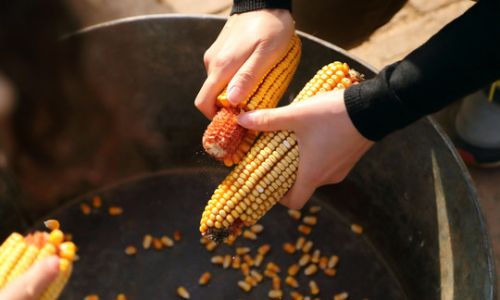
Step 1: Preparation
- Select Fresh Corn: Start with fresh, ripe corn. Look for ears with bright green husks and firm, plump kernels. Avoid ears with brown spots, wilted husks, or dry, shriveled kernels.
- Rinse the Outside: Give the ear of corn a quick rinse under cold running water to remove any dirt or debris on the outer husks.
Step 2: Removing the Husk
- Peel Back the Husk: Grasp the bottom of the husk and gently peel it back toward the top of the ear. The husk should come off in one or two large pieces. Be careful not to tear the husk into smaller pieces, which can make it harder to remove all the silks later.
- Inspect for Worms: As you peel back the husk, take a moment to inspect the ear for signs of worms or other pests. If you find any, discard the ear.
- Pull Off Remaining Husks: Once the main husk is removed, check for any smaller, inner husks or leaves that may still be attached. Gently pull these off as well.
Step 3: Removing the Silks
- Pull Off Silks by Hand: With the ear of corn now exposed, you’ll see the silks sticking out from the top. Grasp a bundle of silks and pull them down and off the ear. Repeat this process until all the silks have been removed. This can be a bit tedious, but it’s worth it for a clean, silk-free cob.
- Use a Knife (Optional): If you prefer, you can use a sharp knife to cut off the top of the ear where the silks are clustered. This will remove most of the silks in one go. However, you may still need to pull off any remaining silks by hand.
- Scrub the Cob Clean: Once all the silks have been removed, use a vegetable brush to scrub the cob clean. This will remove any remaining silk fragments and any dirt or debris that may have been stuck to the cob.
Step 4: Inspecting the Cob
- Check for Damage: Inspect the cob for any damaged or missing kernels. Small imperfections are usually okay, but if a significant portion of the kernels is missing or damaged, you may want to discard the ear.
- Feel for Firmness: Gently press your fingers against the kernels. They should feel firm and plump. If they feel soft or hollow, the corn may be overripe or not fully ripe.
Step 5: Preparing for Cooking
- Trim the Stem End (Optional): If the stem end of the cob is still attached, you can trim it off using a sharp knife. This will make the cob easier to handle and cook.
- Ready for Cooking: Your corn is now ready for cooking. You can boil, grill, roast, or steam it according to your preference.
Tips and Tricks for Husking and Shucking Corn
Here are some additional tips to make husking and shucking corn even easier:
- Work Over a Trash Can or Bowl: To keep your workspace clean, peel and pull the husks and silks over a trash can or large bowl. This will catch all the debris and prevent it from getting on your counter or floor.
- Use a Towel for Better Grip: If the husks are particularly tough or sticky, you can use a clean kitchen towel to get a better grip and make peeling them off easier.
- Soak in Water (Optional): Some people prefer to soak the ears of corn in cold water for a few minutes before husking and shucking. This can make the silks easier to remove, but it’s not necessary if you’re working with fresh, ripe corn.
- Store Unused Corn Properly: If you’re not planning to cook the corn immediately, store it in the refrigerator in an airtight container or plastic bag. Make sure the husks are still on to keep the kernels fresh.
Common Questions and Answers
Q: Can I eat the silks?
A: While the silks are edible, they are not particularly tasty and can be quite fibrous. It’s best to remove them before cooking the corn.
Q: How do I know if the corn is ripe?
A: Ripe corn will have bright green husks, firm kernels, and silks that are dry and brown at the tips. Avoid corn with wilted husks, soft kernels, or silks that are still green and moist.
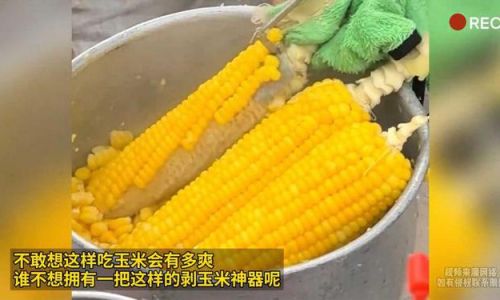
Q: Can I freeze corn after husking and shucking?
A: Yes, you can freeze corn after husking and shucking. Blanch the corn in boiling water for 2-3 minutes, then cool it in ice water. Pat it dry and place the kernels in an airtight container or freezer bag before freezing.
Q: How long can I keep husked and shucked corn in the refrigerator?
A: Once husked and shucked, corn should be used within a few days for best quality. Store it in an airtight container or plastic bag in the refrigerator.
Conclusion
Husking and shucking corn may seem like a simple task, but mastering the process can make a big difference in the quality and enjoyment of your final dish. By following the steps outlined in this guide, you’ll be able to husk and shuck corn efficiently and effectively, ensuring that your ears are ready for any cooking method or recipe. Whether you’re grilling corn on the cob for a summer barbecue or adding kernels to a complex salad, the key to success is starting with fresh, properly prepared corn. Happy husking and shucking!
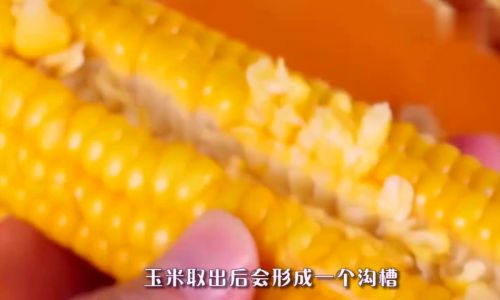
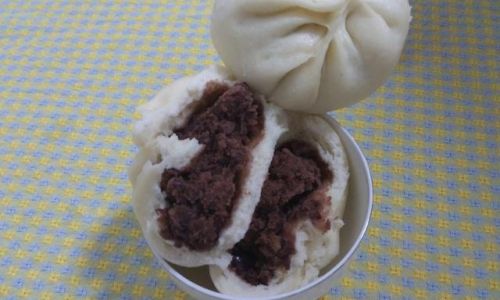
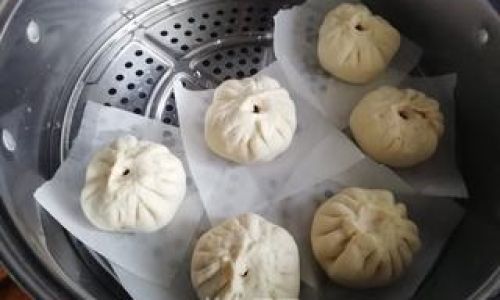

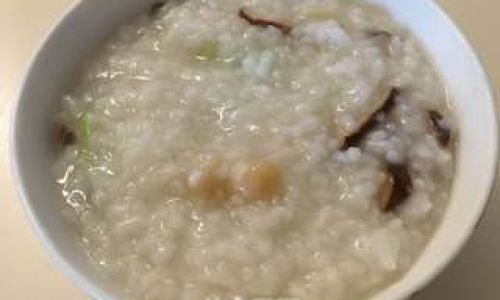
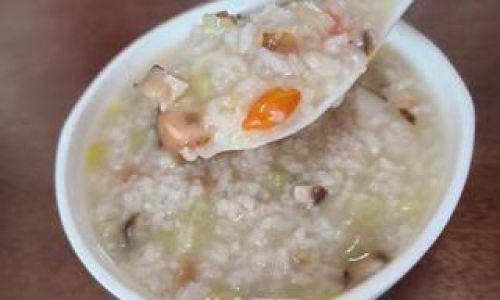
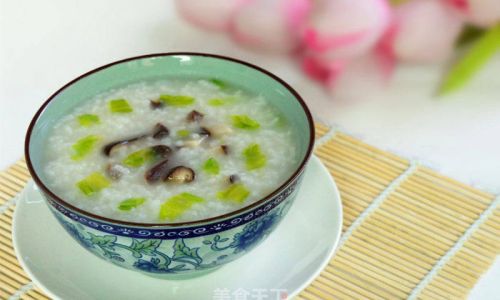
0 comments